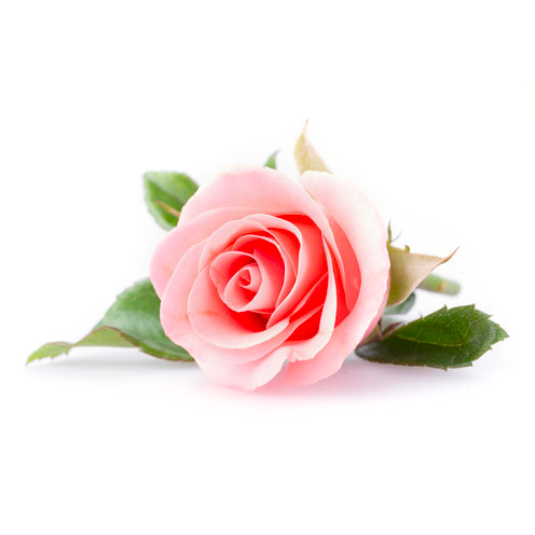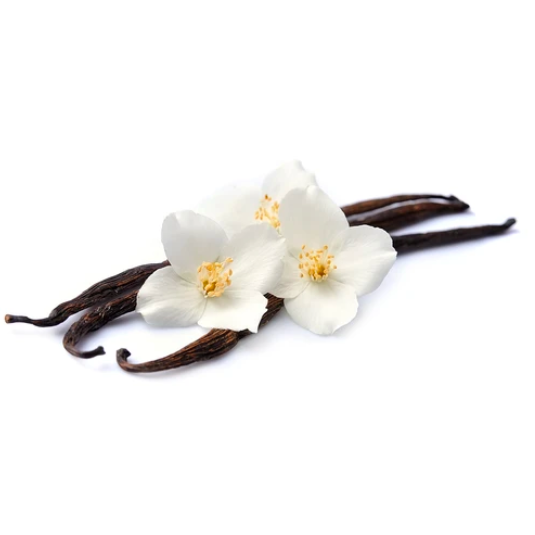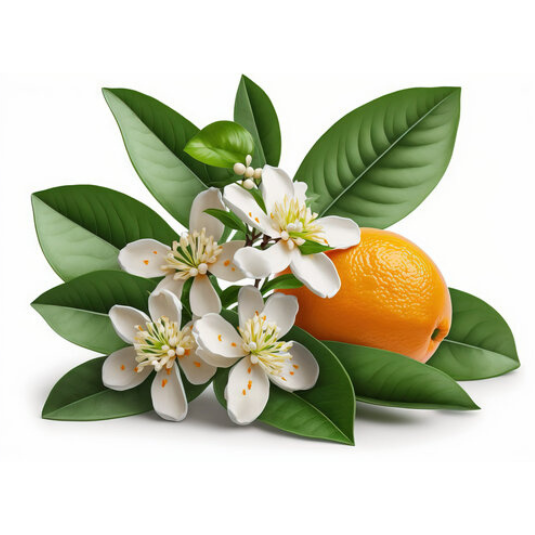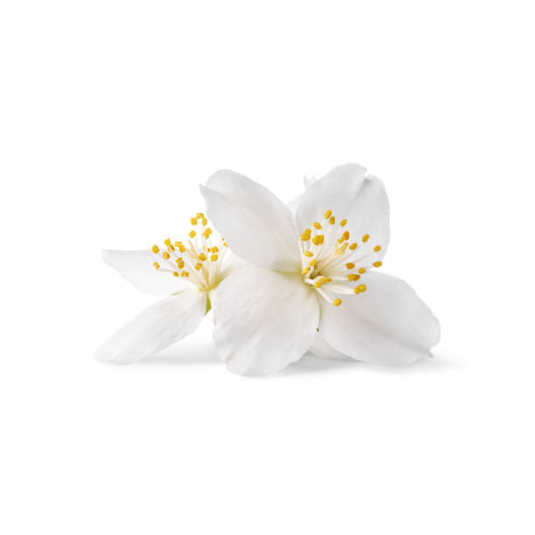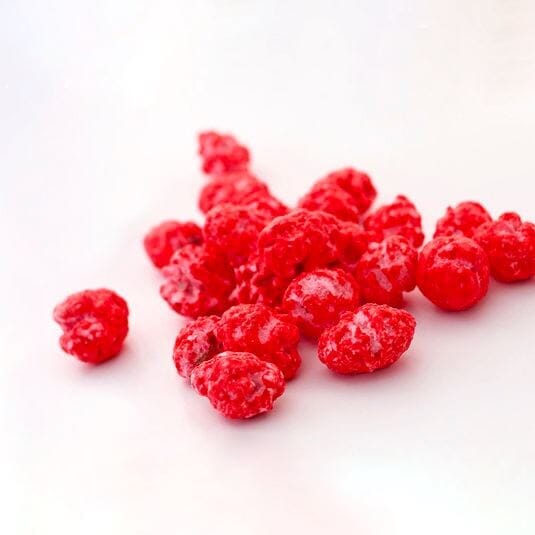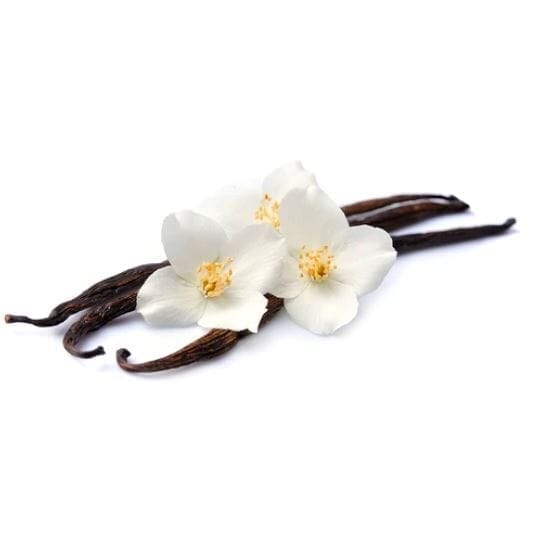Name and etymology of lily of the valley
Lily of the valley is also known as lily of the valley, bellflower, or bell lily. Its scientific name is Convallaria majalis. The name lily of the valley comes from the Latin word "maialis," meaning "of May." This flower grows in the undergrowth and damp meadows of Europe and Asia. In France, it is very common in forests near Paris, such as Fontainebleau and Rambouillet.Lily of the valley has strong symbolism in many cultures. In France, it is associated with the May Day holiday and is given as a symbol of happiness and luck. In Germany, it is traditionally given for Mother's Day. In Japanese culture, lily of the valley is considered a lucky charm and is often used to decorate weddings and religious ceremonies.
History of Lily of the Valley
Lily of the valley has a long history dating back to ancient times . The Greeks and Romans considered it a sacred plant and used it to decorate the altars of the gods. In the Middle Ages, lily of the valley was associated with the Virgin Mary and was used to decorate churches during religious celebrations.
It was in the 18th century that lily of the valley became a symbol of the May Day holiday in France. In 1561, King Charles IX decided to offer sprigs of lily of the valley to the ladies of the court in Paris as a sign of good luck. This tradition then spread to the entire population and became a national custom.In the 19th century, lily of the valley became a popular ingredient in perfumery, thanks to its delicate, floral fragrance. Perfumers began creating lily-of-the-valley perfumes using modern extraction techniques to preserve the flower's essence.
Origin of lily of the valley
Lily of the valley, also known as lily of the valley, is a plant native to Asia and Europe. It grows in undergrowth and shady areas and is recognizable by its small, white, bell-shaped flowers. This flower has a long cultural history and has been used for a variety of purposes, including medicine, cooking, and perfumery.
The Greeks and Romans were the first to use lily of the valley for religious purposes, associating it with the goddess of fertility and love, Aphrodite. The ancients believed that this flower had magical powers and could drive away evil spirits. This belief has persisted over the centuries, which is why the plant is often used to celebrate moments of joy and happiness, such as weddings and birthdays.
The lily of the valley fragrance recreates through accords
In perfumery, unlike many other flowers, the scent of this plant cannot be obtained directly from the natural extract of lily-of-the-valley flowers. Indeed, lily-of-the-valley is a so-called "mute" flower. This means that it is almost impossible to naturally extract the fragrance from the plant.
It wasn't until 1905 that chemists succeeded in synthetically recreating lily of the valley. To recreate the scent of lily of the valley, perfumers often used a blend of other natural and synthetic ingredients that shared olfactory similarities with lily of the valley. To do this, they used lilial and lyral, molecules that evoke the fresh facets of lily of the valley. These fragrances were a great success in the perfume world for their natural scent, long-lasting power, and, above all, their competitive price.
Thus, by using these ingredients in precise proportions, perfumers can create an accord that evokes the characteristic scent of lily of the valley. This accord can be used as is in a perfume or combined with other accords to create a more complex olfactory composition.
Processing and transformation of agreements
The creation of the lily of the valley accord in perfumery requires specific treatments and transformations to reproduce the delicate and fresh scent of this iconic flower.
Perfumers use a combination of natural and synthetic ingredients to recreate the essence of lily of the valley. They often use floral notes such as jasmine, rose, or lily, which share olfactory similarities with lily of the valley. These ingredients undergo processing to extract their essential oils or are synthesized in a laboratory to reproduce specific odorant molecules. Then, these ingredients are carefully blended in precise proportions to create an accord that evokes the characteristic scent of lily of the valley. Perfumers may also incorporate fresh, green notes, such as oakmoss or galbanum, to enhance the natural, fresh feel of lily of the valley.
Aromatic profile of lily of the valley
The delicate scent of lily of the valley is often described as fresh and floral. It evokes the renewal and purity of spring, with its green and slightly woody notes. Lily of the valley fragrances are often used for their romantic and elegant appeal, and pair well with notes of rose, jasmine, and peony. In short, lily of the valley fragrance is a true ode to nature, sure to delight lovers of delicate and refined fragrances.
The stages of making a lily of the valley perfume
Making a perfume that contains lily of the valley accords involves several essential steps to create a harmonious and balanced olfactory composition.
First, the perfumer selects the key ingredients needed to create the lily-of-the-valley accord. These ingredients are carefully measured and blended according to the specific proportions determined by the perfumer to achieve the desired effect. Next, the ingredients are combined into a perfume base, which may contain alcohol and other solvents to stabilize the ingredients and allow for optimal fragrance diffusion. This blending and dilution step is crucial to achieving the desired olfactory concentration. Once blended, the perfumer conducts tests and adjustments, altering the ingredient quantities as needed, to refine the lily-of-the-valley accord and achieve the perfect balance. Finally, the perfume is filtered, strained, and bottled, ready to be marketed and enjoyed by perfume lovers.
The benefits and virtues of lily of the valley
Lily of the valley is a plant that has long been used for its therapeutic benefits. It contains flavonoids, saponins, and polysaccharides, which give it antioxidant, anti-inflammatory, and diuretic properties. It is particularly recommended for relieving joint and menstrual pain, as well as promoting the elimination of toxins and reducing water retention.
Uses of lily of the valley
With its spring scent and numerous health benefits, lily of the valley has long been used for its medicinal and therapeutic properties, but also in the cosmetics and relaxation sectors.
The different uses of lily of the valley
In addition to its medicinal and therapeutic uses, its delicate fragrance can help soothe the mind and promote relaxation, making it an ideal ingredient for wellness and relaxation products.Furthermore, lily of the valley is a plant that is also valued for its aesthetic virtues. Indeed, its delicate fragrance and beauty are highly valued in perfumery and cosmetology. Lily of the valley is often used in the composition of perfumes, lotions, creams , and soaps to add a floral and refined note. Likewise, its astringent and anti-inflammatory properties make it an ideal ingredient for skin care, especially for sensitive and irritated skin.
Although lily of the valley is a plant with many virtues, it should be used with caution and moderation. Indeed, its leaves and flowers contain toxic compounds, such as convallatoxins, which can cause cardiac and digestive problems in case of overdose. Therefore, it is not recommended to consume lily of the valley as an infusion or decoction, except under medical supervision.
Use of lily of the valley in perfumery
Its subtle and delicate scent makes lily of the valley a choice ingredient for perfumes and eaux de toilette. In perfumery, lily of the valley is often combined with other floral or fruity notes to create elegant and refined fragrances. Famous perfumers, such as Christian Dior, Guerlain, and Yves Saint Laurent, have created iconic perfumes based on lily of the valley. Even today, many perfume brands continue to use lily of the valley in their creations, offering their customers timeless and sophisticated fragrances.Olfactory accords with lily of the valley
If you are looking to create a perfume using lily of the valley, it is important to understand its olfactory characteristics and how to combine it with other notes to create a harmonious fragrance. The sprig of lily of the valley has a floral and green scent, with fresh and slightly sweet notes. It is often used in combination with other floral notes, such as jasmine, rose or lily, to create soft and delicate fragrances for both men and women. To create a more complex fragrance, lily of the valley can also be combined with fruity notes, such as peach or mandarin, or with more woody notes, such as cedar or sandalwood. In general, lily of the valley pairs well with light and floral notes, which highlight its delicate and captivating scent.
The famous lily of the valley perfumes
Lily of the valley is a notable ingredient in perfumery, as it is often used but rarely takes center stage in fragrances. The exceptions to the rule are often creations noted for their elegance and subtlety. Here are the most famous of them:
• The legendary Diorissimo by Dior is the The French brand's signature fragrance. Lily of the valley, the couturier's favorite flower, was tucked into the hems of his models to attract luck during fashion shows. Fresh and floral, the lily of the valley is enhanced here by a bouquet of rose and jasmine.
• Muguet Eau de Parfum from Maison Guerlain is a precious fragrance that the house evolves with the times, since each year, the perfume is nestled in a bottle co-created with exceptional artists. A limited edition unveiled each spring, to offer to our most loved ones.
• Penhaligon's Lily of the Valley Eau de Toilette offers green notes enhanced with citrus.
• Anaïs Anaïs Eau de Parfum for women by Cacharel was the first fragrance intended for young girls. It expresses the ambivalence of feelings at a young age, marked by innocence symbolized by white flowers and the sensuality released by the woody and powdery notes of the base.
• Kenzo 's Summer Perfume is a green floral creation that encapsulates summer memories of Kenzo Takada's native Japan. A good mood fragrance with notes of lily of the valley, jasmine, cyclamen and hyacinth.
• The essential women's eau de parfum, Acqua di Giò by Armani offers a summery version of lily of the valley. An aquatic eau de toilette blending watery notes of watermelon, floral sweetness of jasmine and lily of the valley, and fruity pleasure of grape. A carefree fragrance.
• Coty Muguet des Bois cologne. This light, spring-like fragrance captures the delicate freshness of lily of the valley. It offers a fresh, green floral bouquet, reminiscent of the sweet scents of nature in spring.
Lily of the valley perfumes at Bon Parfumeur
Although an ephemeral flower, lily of the valley is present year-round in our Bon Parfumeur workshop. You'll find it sometimes combined with floral notes, sometimes in fruity eaux de parfum. Here are our three favorite unisex fragrances:
• Let's start right away with the most luminous fragrance: cologne 002 eau de parfum . A true bouquet of white flowers combining lily of the valley, jasmine and neroli (orange blossom), this perfume exudes sweetness and innocence. A luminous fragrance supported by notes of white musk, which will appeal to those looking for a soft and comfortable floral.
• In a floral register, we also find the eau de parfum 101 , where lily of the valley takes its place alongside the rose, the true star of this fragrance. This resolutely floral heart is also accompanied by woody notes of musk and white cedar. The perfume is thus fresh and elegant, perfectly suited for special occasions as well as for everyday use. It is also available as a hand cream or bar of soap .
• Finally, lily of the valley is one of the three main notes of our fruity eau de parfum 201. Its combination with green apple and quince transports us to the heart of an orchard where fruit trees and tall, damp, vegetal grasses coexist. This fragrance is ideal for anyone looking for a non-gourmet fruity-floral fragrance.




